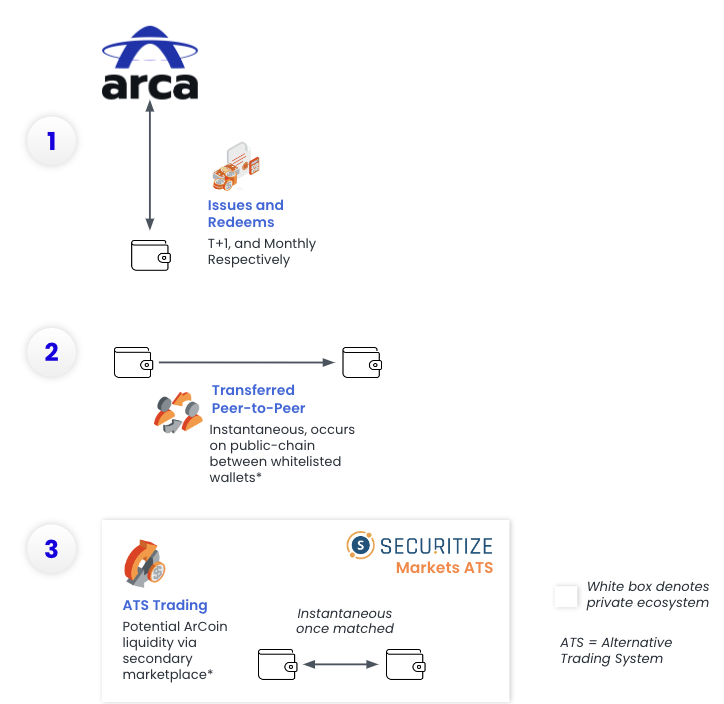Podcast Summary
The podcast delves into the concept of Miner Extractable Value (MEV) and its impact on the DeFi ecosystem. It introduces a new DeFi primitive, Oval Mechanism, designed to address inefficiencies in the liquidation process of lending markets. The discussion also touches on the role of Flashbots and the potential of auction mechanisms in capturing MEV and improving the economic viability of the DeFi app layer on Ethereum.
Key Takeaways
Understanding MEV and its Impact on DeFi
- Concept of MEV: MEV refers to the additional value that miners or validators can extract from the order of transactions in a blockchain. It’s a form of extracting value from participants through the asymmetry of power or information.
- Impact on DeFi: MEV can lead to a centralization spiral in the system, which goes against the goal of maintaining a decentralized base layer in Ethereum. If left unchecked, it can lead to centralization and pose a threat to the decentralized nature of the DeFi ecosystem.
Introduction of Oval Mechanism and its Potential Benefits
- Oval Mechanism’s Function: Oval Mechanism aims to address the inefficiencies in the liquidation process of lending markets like Compound and MakerDAO. It captures Oracle Extractable Value (OEV) through auctions for the first right to use Chainlink price updates.
- Benefits to DeFi: The adoption of Oval Mechanism by protocols like Aave and Compound could potentially double their revenue by capturing additional MEV. It also ensures that the worst-case scenario is not worse than the current system, making it a promising addition to the DeFi ecosystem.
Role of Auction Mechanisms in Capturing MEV
- Function of Auction Mechanisms: Auction mechanisms help lending protocols determine the market clearing price for collateral liquidation, solving the problem of not knowing the fair price. They also allow for the onboarding of less liquid collateral types, increasing revenue and expanding the range of supported assets.
- Impact on DeFi: The implementation of auction mechanisms improves capital efficiency and makes it easier for new collateral types to be added to lending markets. They also play a crucial role in capturing MEV and distributing it back to liquidity providers and protocol users.
Importance of Decentralization in the Block Building Layer
- Centralization Risks: Centralization is currently accumulating at the block-building layer, with one block builder responsible for 70% of blocks. This poses a significant risk to the decentralized nature of Ethereum.
- Need for Decentralization: The focus on keeping the validator layer decentralized is crucial for Ethereum to become the root of trust in the global financial and economic system. Decentralized block building eliminates the need to trust centralized parties, enhancing the security and trustworthiness of the system.
Sentiment Analysis
- Bullish: The podcast presents a bullish sentiment towards the potential of Oval Mechanism and auction mechanisms in capturing MEV and improving the economic viability of the DeFi app layer on Ethereum. The introduction of Oval Mechanism is seen as a promising development that could potentially double the revenue of protocols like Aave and Compound.
- Neutral: While the podcast acknowledges the benefits of MEV and the role of auction mechanisms, it also highlights the risks associated with MEV, such as the potential for centralization. This balanced view suggests a neutral sentiment towards the overall impact of MEV on the DeFi ecosystem.












